GPCR/G protein

All GPCRs share a common seven trans-membrane structure. GPCRs are associated with heterotrimeric G-proteins which are GTP-binding proteins made of alpha, beta, and gamma subunits. When a ligand binds to GPCR, it activates the attached G-protein, the GDP is replaced with GTP. The activated G-protein then dissociates into an alpha and a beta-gamma complex which activates downstream signaling pathways. These intracellular signaling pathways include cAMP/PKA, calcium/NFAT, phospholipase C, protein tyrosine kinases, MAP kinases, PI-3-kinase, nitric oxide/cGMP, Rho, and JAK/STAT.
GPCRs are one of the most important therapeutic targets for various diseases, over 30% of all modern medicinal drugs target this family. Aberrant GPCR functions are involved in pathological conditions such as neurological, immunological and hormonal disorders. A large number of GPCRs have been identified, but whose ligands are not known, are classified as orphan receptors.
-
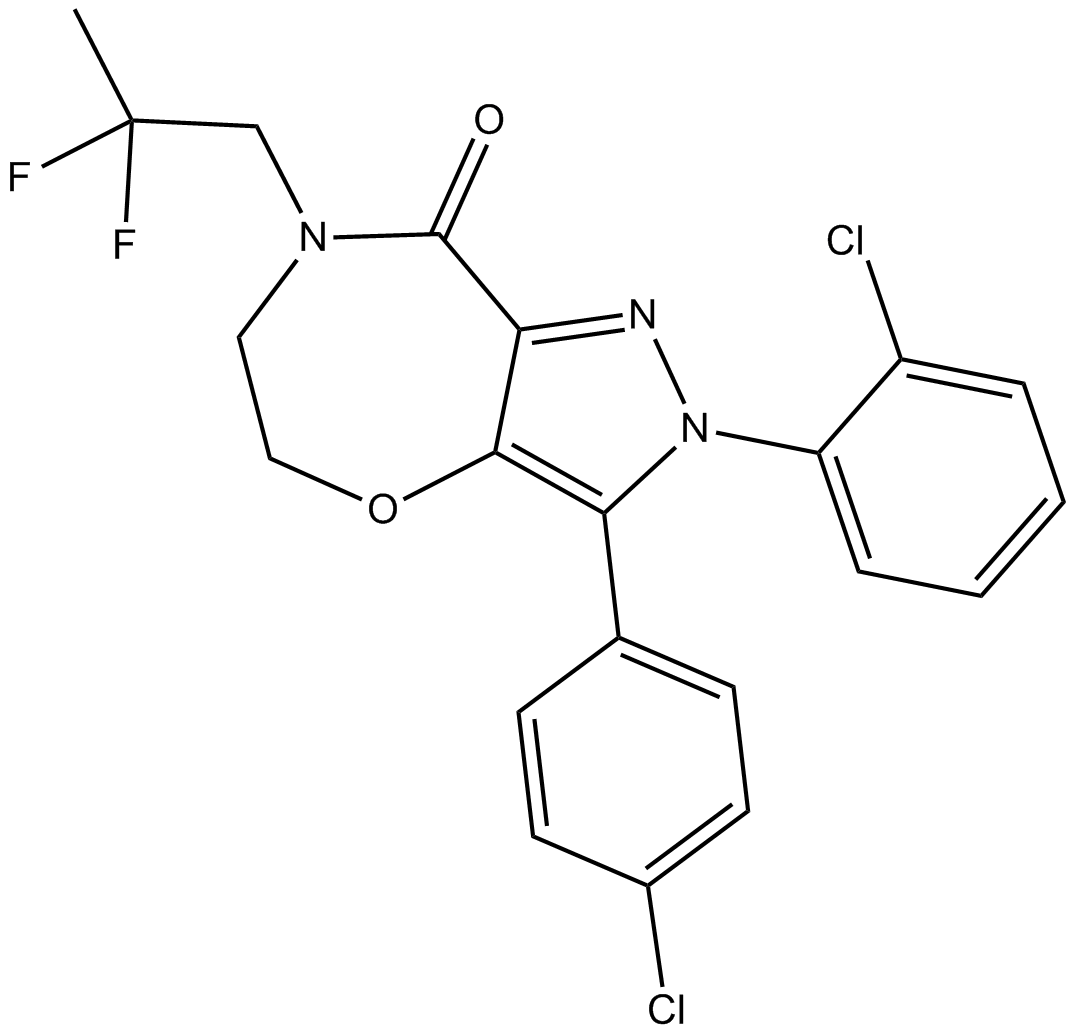 B7465 PF 514273Summary: CB1 receptor antagonist
B7465 PF 514273Summary: CB1 receptor antagonist -
 B7466 NPY 5RA972Summary: neuropeptide Y Y5 receptor antagonist
B7466 NPY 5RA972Summary: neuropeptide Y Y5 receptor antagonist -
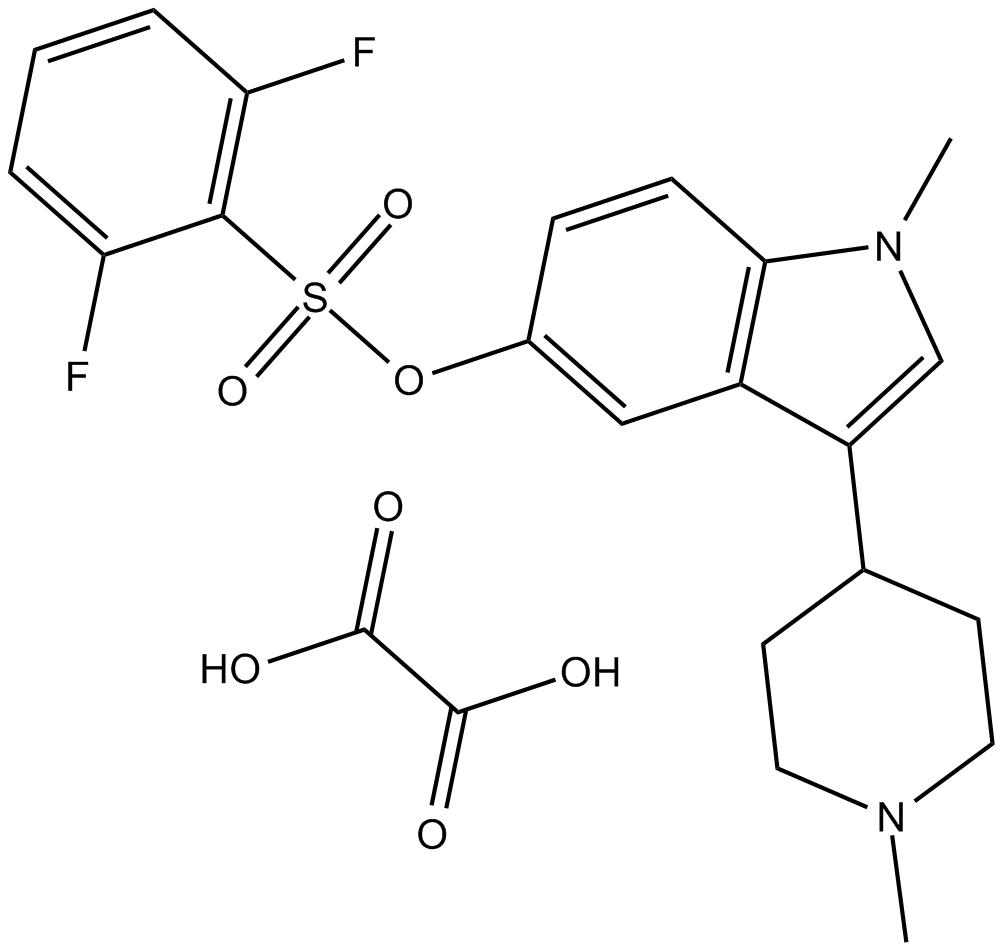 B7470 SGS 518 oxalateSummary: 5-HT6 antagonist
B7470 SGS 518 oxalateSummary: 5-HT6 antagonist -
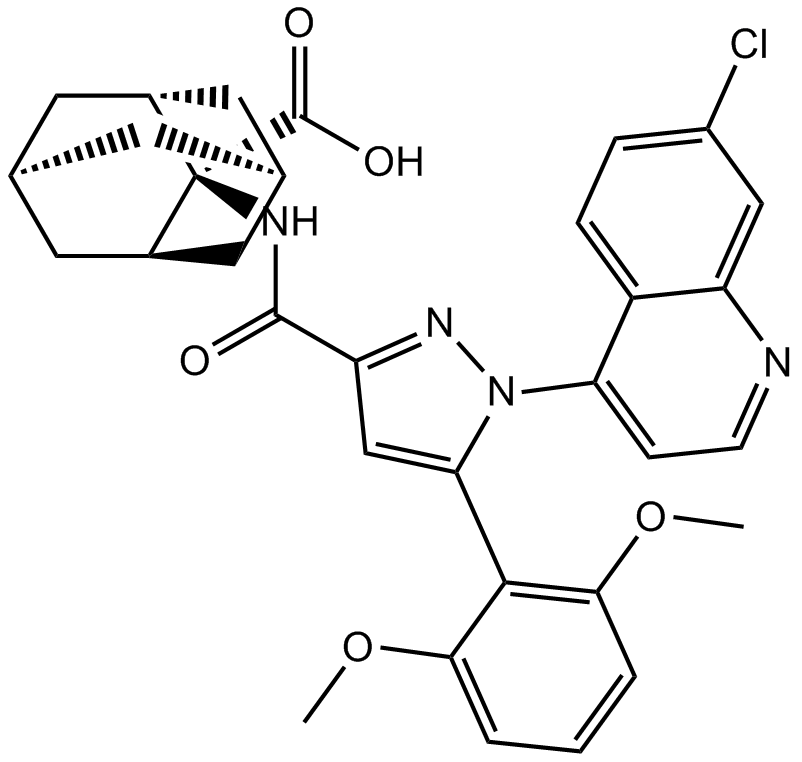 B7484 SR 48692Summary: nonpeptide neurotensin antagonist
B7484 SR 48692Summary: nonpeptide neurotensin antagonist -
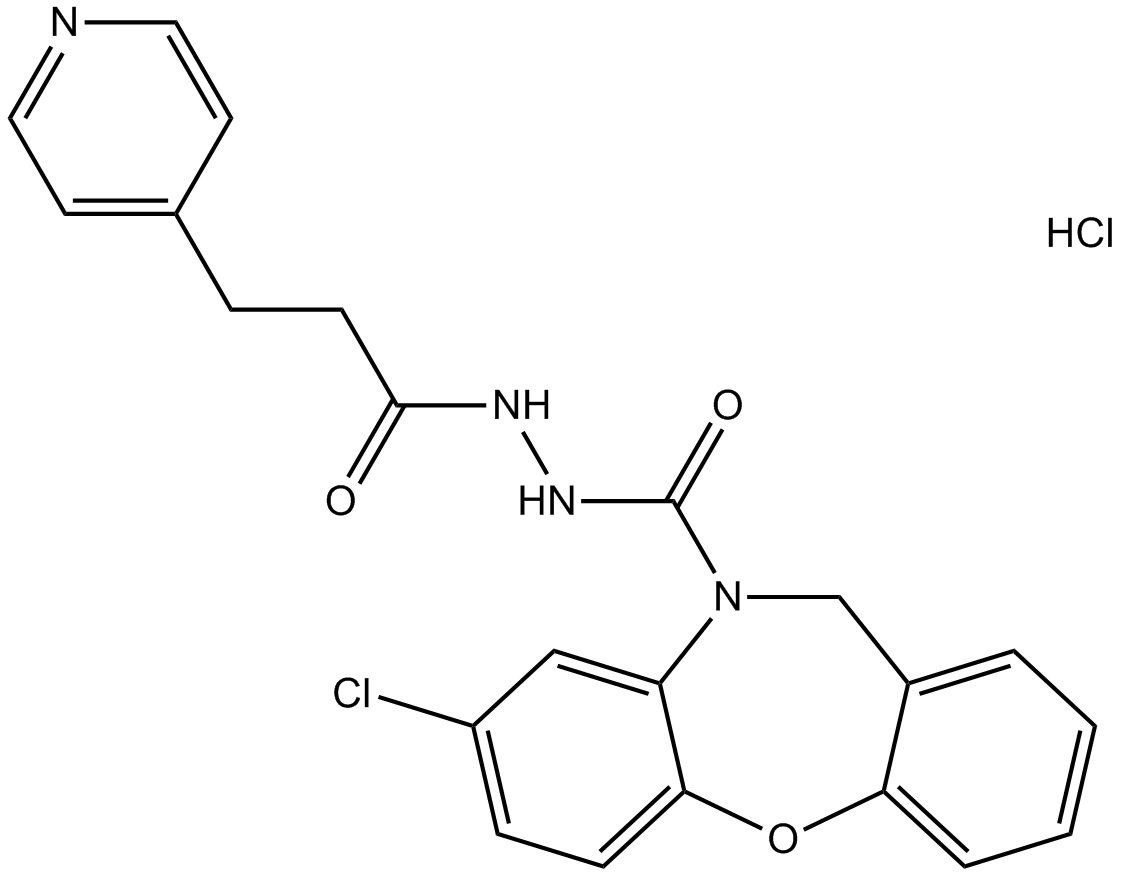 B7496 SC 51089Summary: EP1 prostanoid receptor antagonist
B7496 SC 51089Summary: EP1 prostanoid receptor antagonist -
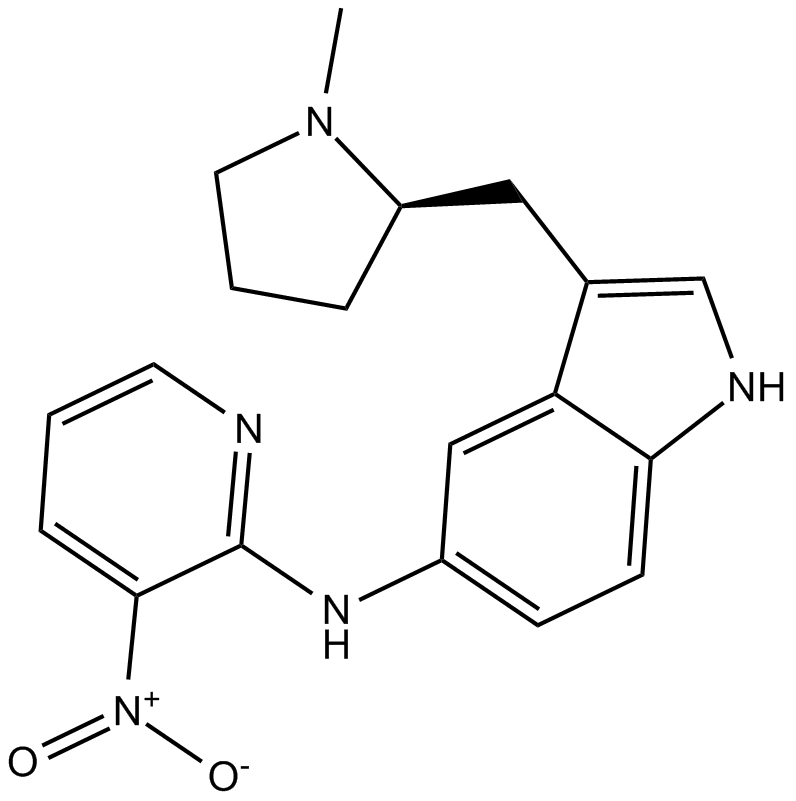 B7497 CP 135807Summary: 5-HT1D receptor agonist
B7497 CP 135807Summary: 5-HT1D receptor agonist -
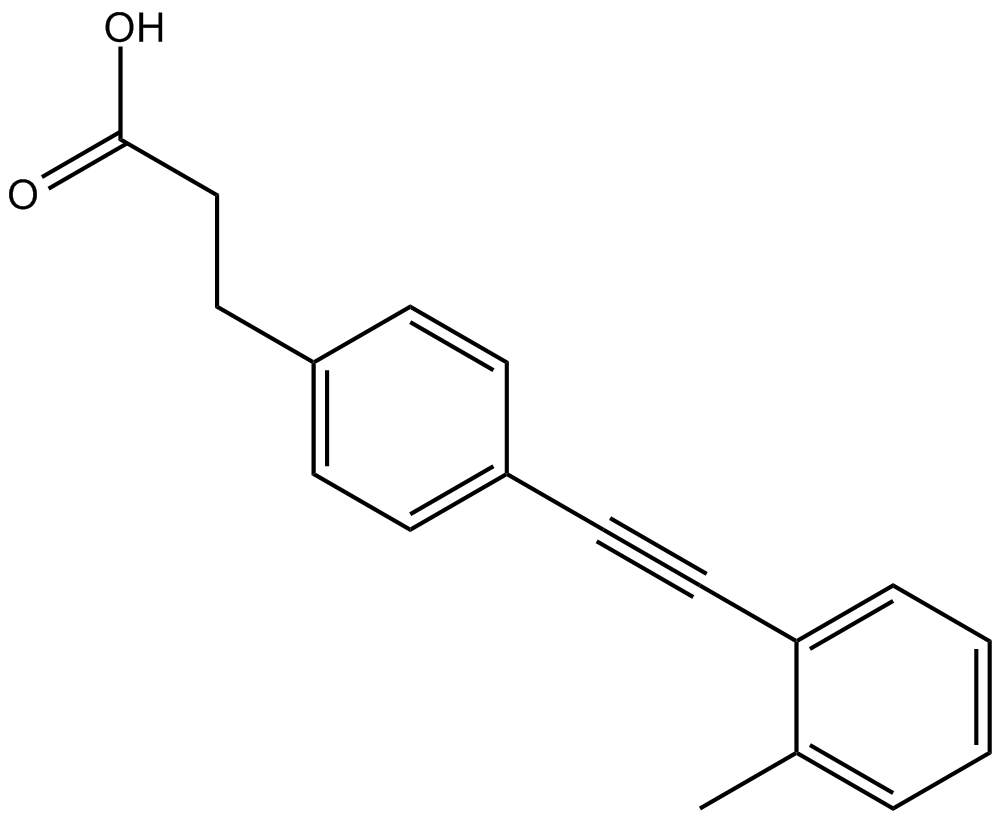 B7499 TUG 424Summary: FFA1 (GPR40) agonist
B7499 TUG 424Summary: FFA1 (GPR40) agonist -
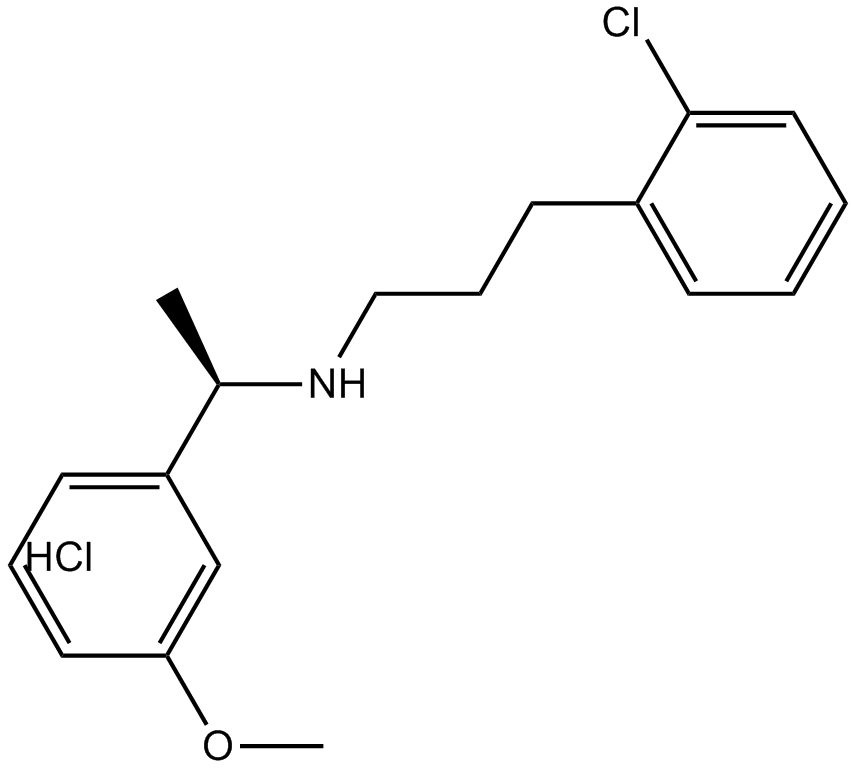 B7504 R 568 hydrochlorideTarget: Calcium-Sensing Receptors (CaSRs)Summary: Positive allosteric modulator of the human calcium-sensing receptor (hCaSR)
B7504 R 568 hydrochlorideTarget: Calcium-Sensing Receptors (CaSRs)Summary: Positive allosteric modulator of the human calcium-sensing receptor (hCaSR) -
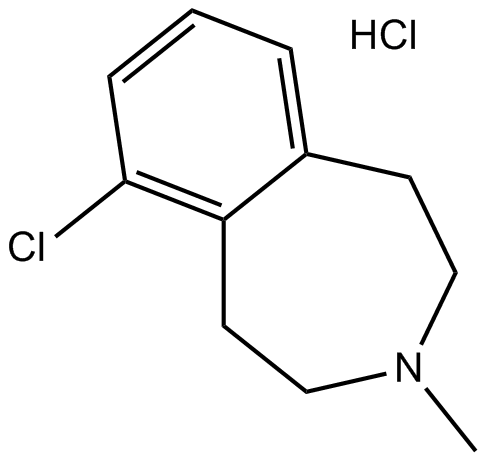 B7518 SKF 86466 hydrochlorideSummary: α2-adrenoceptor antagonist
B7518 SKF 86466 hydrochlorideSummary: α2-adrenoceptor antagonist -
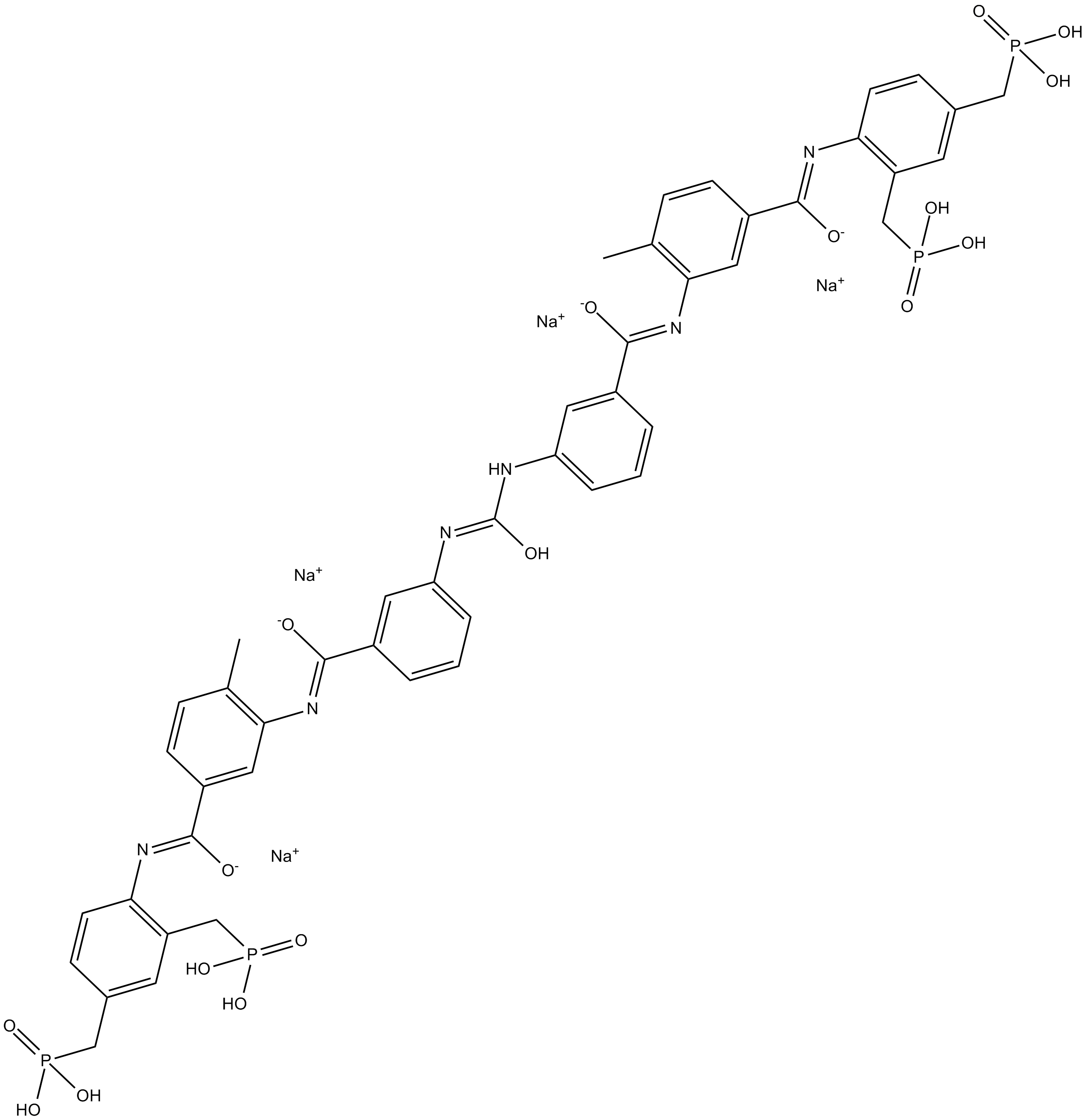 B7527 NF 546Summary: P2Y11 agonist
B7527 NF 546Summary: P2Y11 agonist

